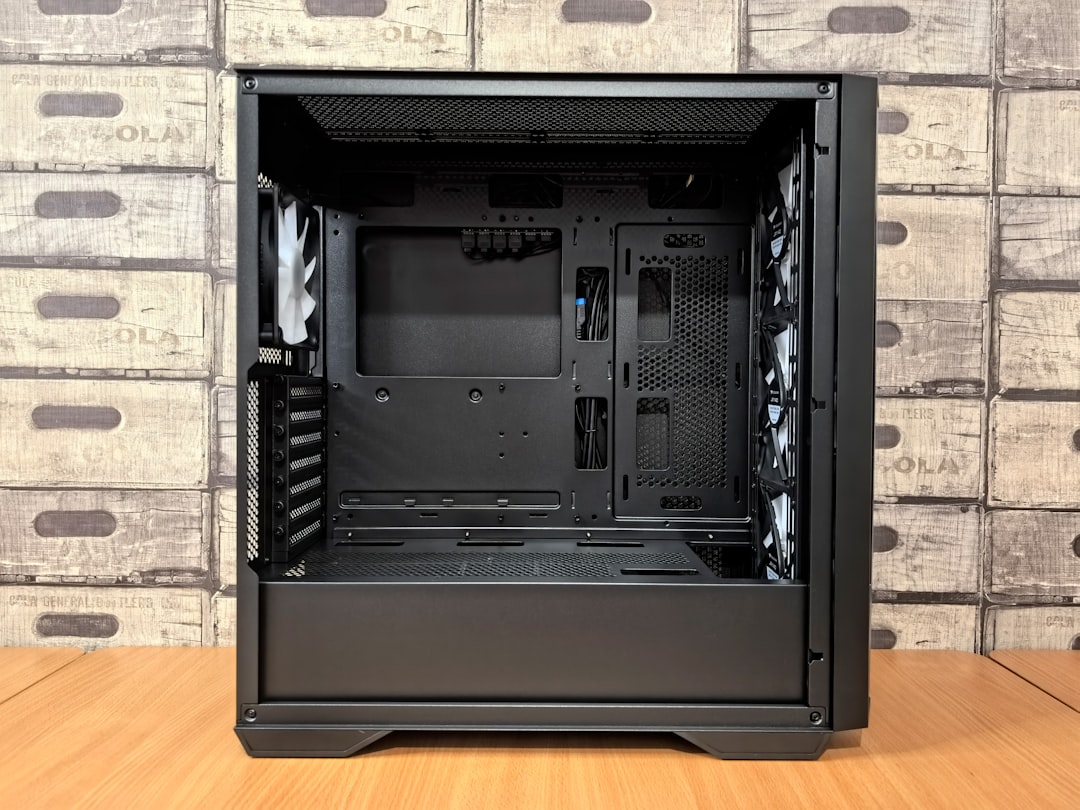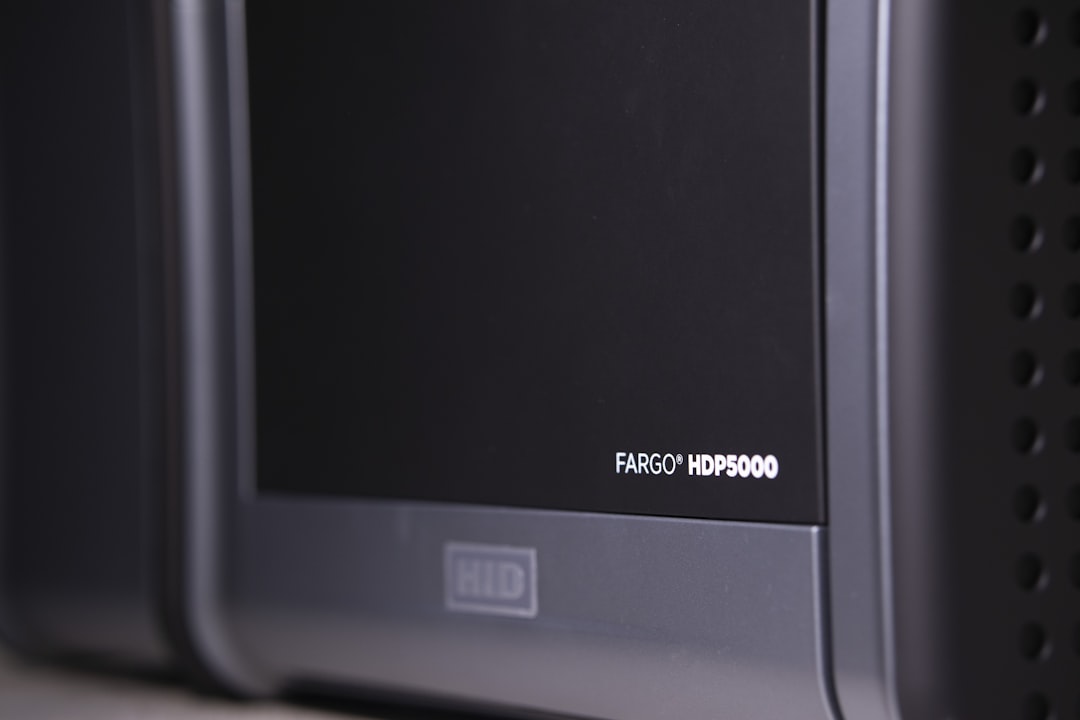Imagine this—you press the power button on your computer, expecting that lovely whir and glow… and then, boom! It stops at a black screen, saying something like, “Fan Detection Error during POST.” Annoying, right?
Don’t worry. You’re not alone. This issue catches many users off guard. But the good news? It’s usually easy to fix!
What’s POST Anyway?
Before we jump into the fix, let’s quickly chat about what POST is.
POST stands for Power-On Self-Test. It’s that quick system check your computer does every time it powers on. It makes sure everything—from RAM to the CPU—is working smoothly.
If anything’s off, like a fan not working, the system tells you. That’s where our mysterious Fan Detection Error comes in.
What Does This Error Mean?
Your PC is telling you it can’t sense a fan it thinks should be running.
This could happen for several reasons:
- The fan really isn’t spinning.
- The fan is spinning, but not connected properly.
- The BIOS is confused (yes, it can get confused, too!).
Let’s look at how to fix it. It’s not too hard—we promise!
Step 1: Shut Down and Unplug
Before you open anything up, turn off the computer. Then, unplug the power cable.
Always do this before touching anything inside! Safety first.
Step 2: Open the Case
This part is fun. Grab a screwdriver and gently remove the side panel of the PC case.
Once you have it open, look around. You’re looking for the CPU fan, case fans, or GPU fans—that’s anything with blades!

Step 3: Check Fan Connections
Now, check the connections to the motherboard.
- Is the CPU fan plugged into the CPU_FAN header?
- Are case fans plugged into CHA_FAN or SYS_FAN headers?
Gently tug on the wires. If a cable slips out easily, it might’ve been loose. Plug it back in securely.
Note: Some fans use Molex connectors and go straight to the power supply. These won’t be “seen” by the motherboard—which can cause this error.
Step 4: Look for Faulty or Dead Fans
If the fan is connected correctly but still not spinning when you power on, it might be dead.
Test it:
- Plug it into a different fan header to see if it works.
- Try using another fan you know works.
If your fan still won’t spin in any header, it’s probably time to replace it.

Step 5: Clean Out the Dust
Computers hate dust. A clogged-up fan might still be spinning—but very slowly.
Use a can of compressed air to blow out fans and grills. You may be surprised how much comes out!
Step 6: Check BIOS Settings
Even if the fan works, the BIOS might not be detecting it correctly.
Here’s how you check:
- Press Delete or F2 right after turning on your computer (before Windows starts).
- Find the section labeled Hardware Monitor or Fan Settings.
- Look under CPU Fan or System Fan to see if it’s showing up.
If it says N/A or 0 RPM, that means it can’t detect the fan.
Some BIOS menus allow you to disable fan error warnings. This doesn’t fix the issue, but it hides the message if your fan is still working fine.
Use this only if you’re sure your system is cooling properly!
Step 7: Update BIOS
If nothing else works, your motherboard BIOS might need an update.
Visit your motherboard manufacturer’s website. Search for your model and download the latest BIOS version.
Warning: Follow the instructions carefully. A failed BIOS update can really mess things up.
A Special Note: Custom Fans and Aftermarket Coolers
If you’ve replaced your stock CPU cooler with a fancy RGB fan or liquid cooling system, that might be the cause.
Some coolers plug into different headers or use controllers the BIOS doesn’t recognize.
Make sure any pump is connected to CPU_FAN or designated headers like AIO_PUMP.
You might need to tweak BIOS settings so it doesn’t expect a traditional fan in the default spot.
Still Stuck?
If you’ve checked cables, tested fans, looked in BIOS, and the error still pops up—try these final tips:
- Reset the BIOS to default settings. That’s usually found in the BIOS under “Exit” or “Advanced”.
- Try a different header. Some motherboards can use SYS_FAN for CPU cooling in a pinch.
- Check for bent pins. A rare but real issue—look closely at your fan headers!

Final Thoughts
That fan detection error? It’s more annoying than dangerous—unless your fans really aren’t spinning.
As long as your system coolers are working, your CPU is safe. Most modern CPUs will shut themselves off before frying.
So take a deep breath, open up that case, and give your PC some TLC.
It’ll be running smooth in no time!
Quick Recap
- Unplug the PC before checking anything.
- Make sure fans are connected properly.
- Clean the dust. Seriously, it’s everywhere!
- Reset BIOS or disable warnings if needed.
- Replace bad fans. They’re cheap and easy to swap.
Now go power that beast up. No more error messages. Just wind-blown glory.
